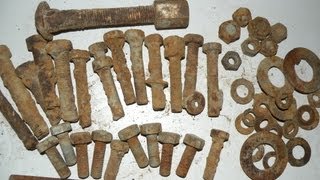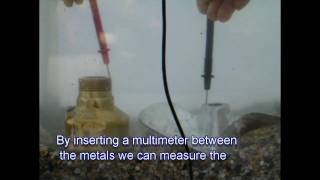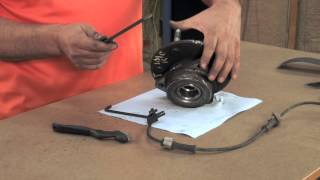Sunday, 14 December, 2025г.
















Где искать: по сайтам Запорожской области, статьи, видео ролики
пример: покупка автомобиля в Запорожье
DIY: Car Cooling system electrolysis corrosion test
Electrolysis corrosion is a problem on many late model vehicles that have aluminum heater cores and radiators. Electrolysis is a chemical reaction that takes place between the coolant and metal surfaces. In the case of an automotive cooling system, the most vulnerable metal is aluminum, especially if the engine has an iron block. Aluminum is softer than iron, and is more reactive to both acids in the coolant and electric currents in the coolant. Consequently, if the corrosion inhibitors in the coolant are worn out because the coolant has not been changed in years, or there are stray electrical currents that are flowing through the coolant because of missing, loose or corroded engine ground straps or overcharging alternators, electrolysis can eat away at the heater core, radiator and any other aluminum parts in the system (including the water pump and passageways in aluminum intake manifolds and cylinder heads). If it has been more than five years since you've changed your coolant, drain and flush your cooling system, then refill it with a 50/50 mixture of fresh long life coolant and distilled water.
Теги:
Internal Combustion Engine Cooling Energy Do It Yourself (Hobby) Power electrolysis corrosion metal corrosion aluminium corrosion aluminium electrolysis opel astra saab 9-3 saab 9-5 opel vectra vectra b cooling system coolant ethyl alcohol multimeter electrolysis corrosion bmw audi volkswagen car corrosion chemical corrosion alternative current iphone 5s turbo engine high voltage bmw M3 bmw M5 bmw X6M
Похожие видео
Мой аккаунт


 У вашего броузера проблема в совместимости с HTML5
У вашего броузера проблема в совместимости с HTML5


